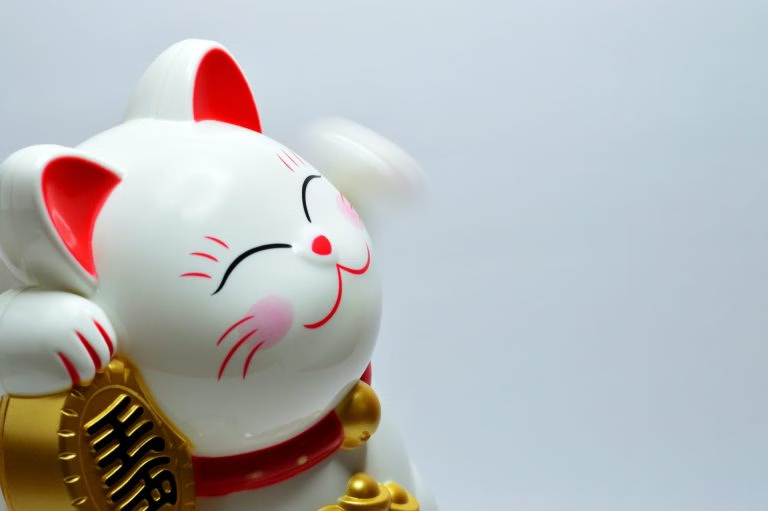Every now and then we run across individuals who have heard, be it through friends or elsewhere, about F/X trading. Forex, or “FX” investing in Japan is big business and most people are at least familiar with the concept, particularly when big Japanese companies like DMM are putting lots into advertising campaigns . There is always some success story, and they want to know how they can also get good returns by “investing in F/X”.
There’s just one problem: by definition, F/X trading and speculation isn’t really investing…
An investment is the allocation of capital into an asset which can then create value. In traditional investments this value is created in the form of interest, dividends, capital appreciation, etc.
On a fundamental level Forex trading is much closer to a “zero-sum game”. This means that for one person to make a profit, another person has to lose that exact amount of money. There is no value created. Once we include transaction costs for the trading, it actually becomes a negative-sum game (in case you are wondering, most games mathematically classified as negative- sum games are the ones found in casinos).
This begs the question
“Well, what about the stock market? When we buy and sell, for me to make money doesn’t someone else lose money?”
Not necessarily. Buying and selling occurs when individuals place different values, often for different reasons, on various securities. Also, most importantly, when you own a stock, you literally own a piece of the company. You own a portion of their factories, their intellectual property, their human capital, etc. You have rights to dividends, voting on corporate decisions, and if the company’s assets increase in value so does your share. Profits from F/X trading, on the other hand, are based on speculation. However, at an institutional level, and in some cases for individuals, it can have its uses.
Institutions often use Forex to reduce their currency risk if they do international business. For example, a manufacturing company might have to make a large purchase of raw materials from a foreign country in six months time. If for some unexpected reason (government policy change, natural disaster, etc.) the currency exchange rates move in the wrong direction, the raw materials could quickly become very expensive, making the company unprofitable. To reduce risk, the company buys an Forex forward contract to lock in current exchange rates for 6 months for the amount of foreign currency they need. This will not be cheap to arrange, but it will surely be less expensive than the potential downside of the exchange rates moving against them in 6 months time.
On a personal-finance level, we can find ourselves in a similar situation. For example, say you’re working in Japan being paid in JPY, and you’re planning a big trip to Europe next year that will cost 10,000 EUR. No one knows exactly where the JPY/EUR is going to be next year, but you know for a fact you will need exactly 10,000 EUR. What we want to avoid is the possibility of the JPY weakening and your trip suddenly getting much more expensive (as it would then take more JPY to buy the same amount of EUR). One way to reduce this currency risk is by implementing a “dollar-cost-averaging” style approach to accumulating the necessary EUR for the trip. Using a simple multicurrency bank account (Shinsei has a decent online platform in English), begin exchanging a small amount of JPY to EUR each month until you have accumulated the 10,000 EUR by the end of the year. While you may not have gotten the absolute best exchange rate for the year, you were able to avoid buying EUR with the least favorable exchange rate for the year. Another strategy would involve using a brokerage account to buy currency futures to hedge against a weakening JPY (though this is a bit more advanced).
Unfortunately, the above example is not how the general public typically uses F/X trading. There has been a recent increase in the number of online F/X trading companies, and most of them have a tendency to promote the idea that F/X speculation is an easy way to make fast profits. However, the second half of the story is that it is an equally easy way to make fast losses.











